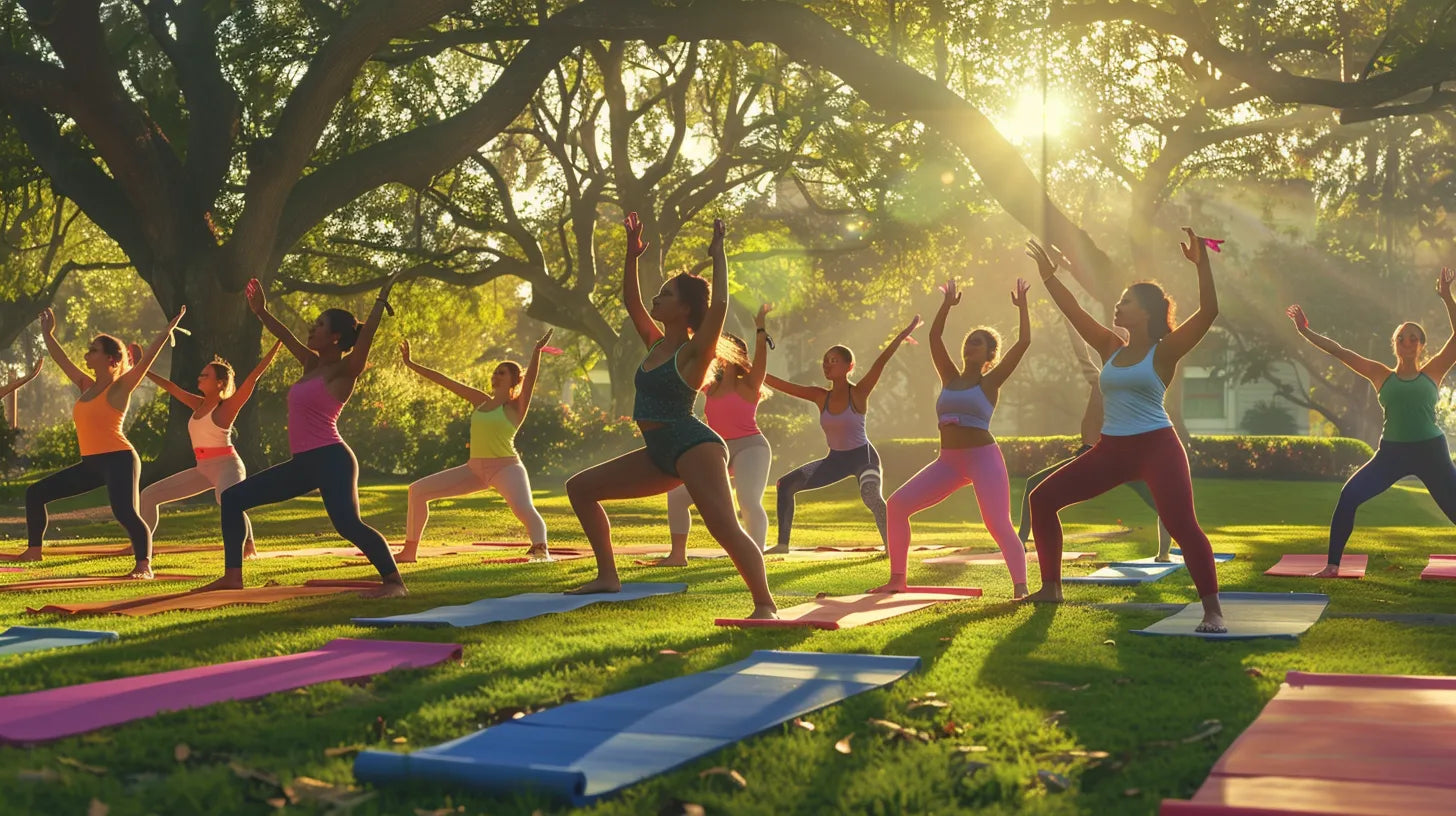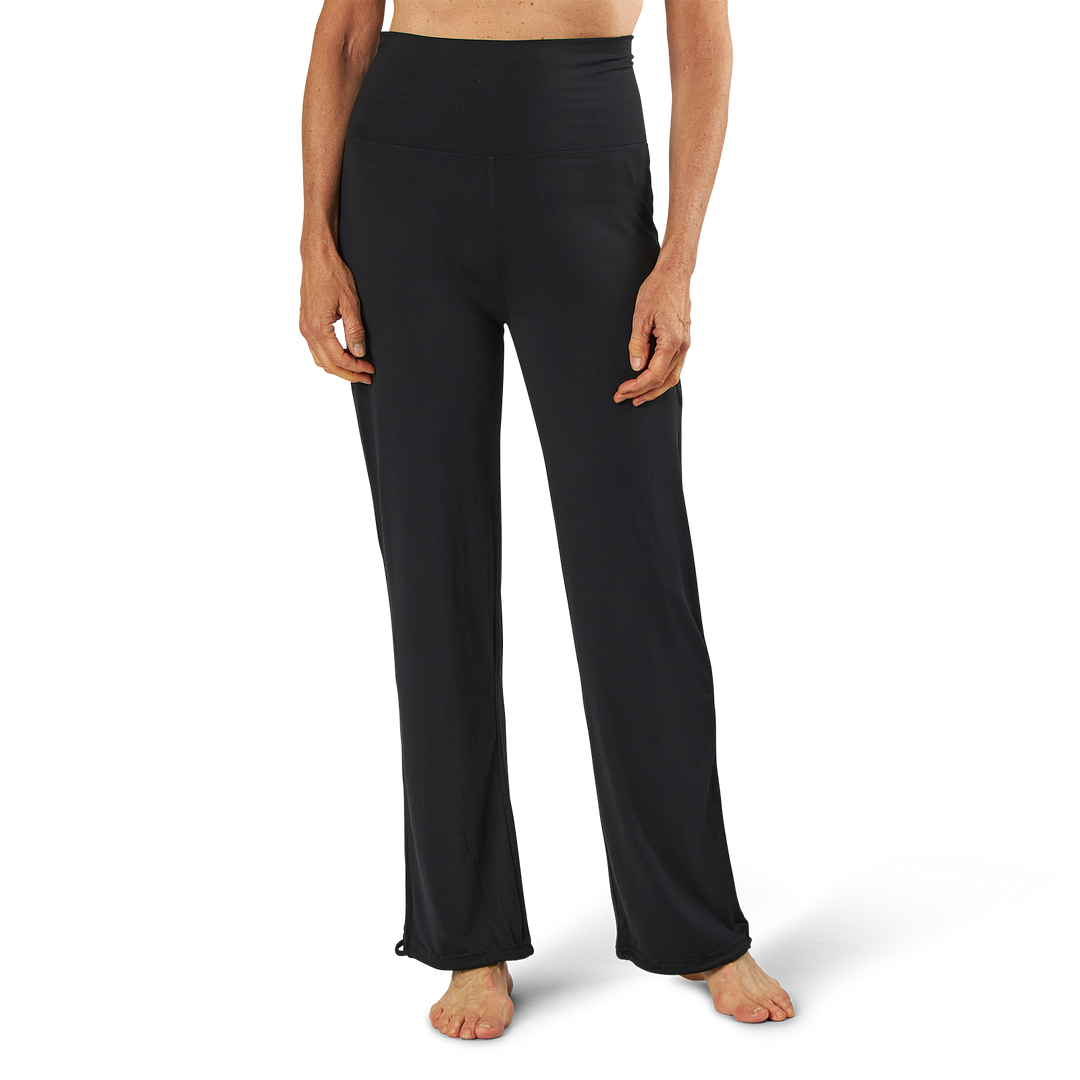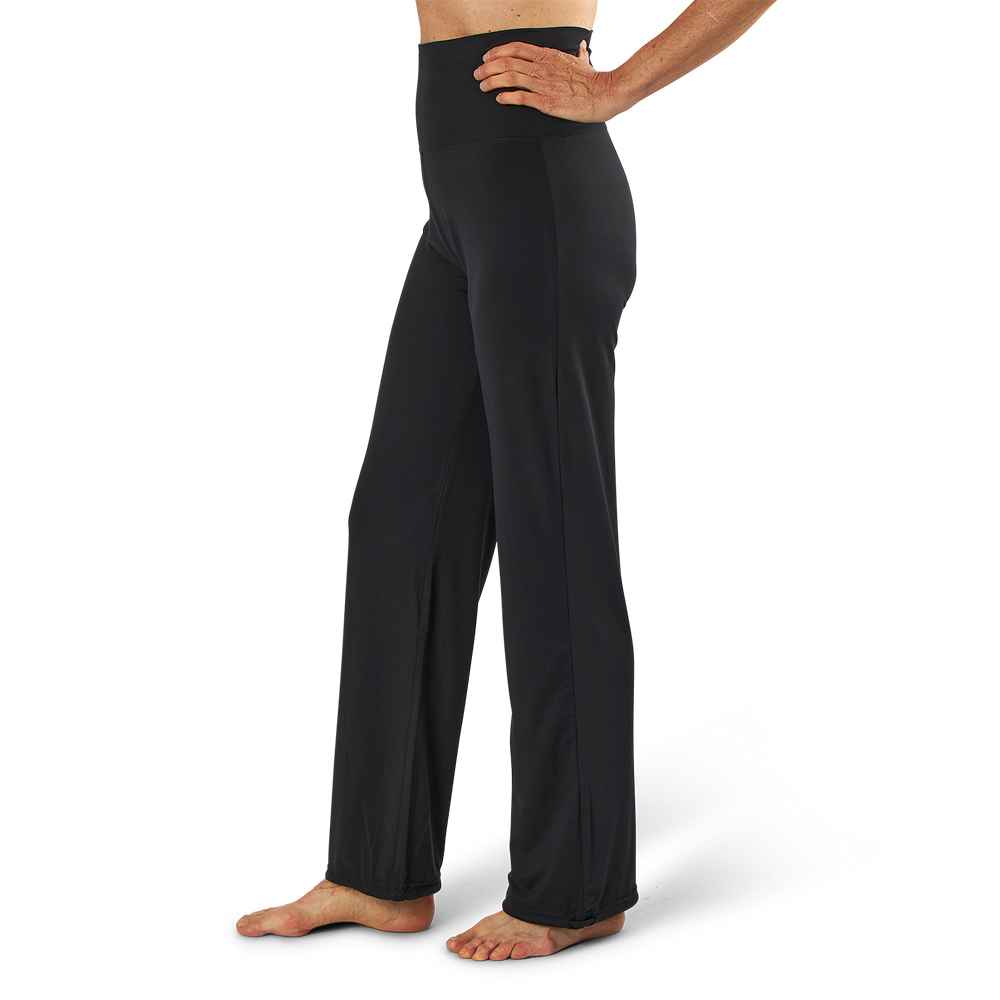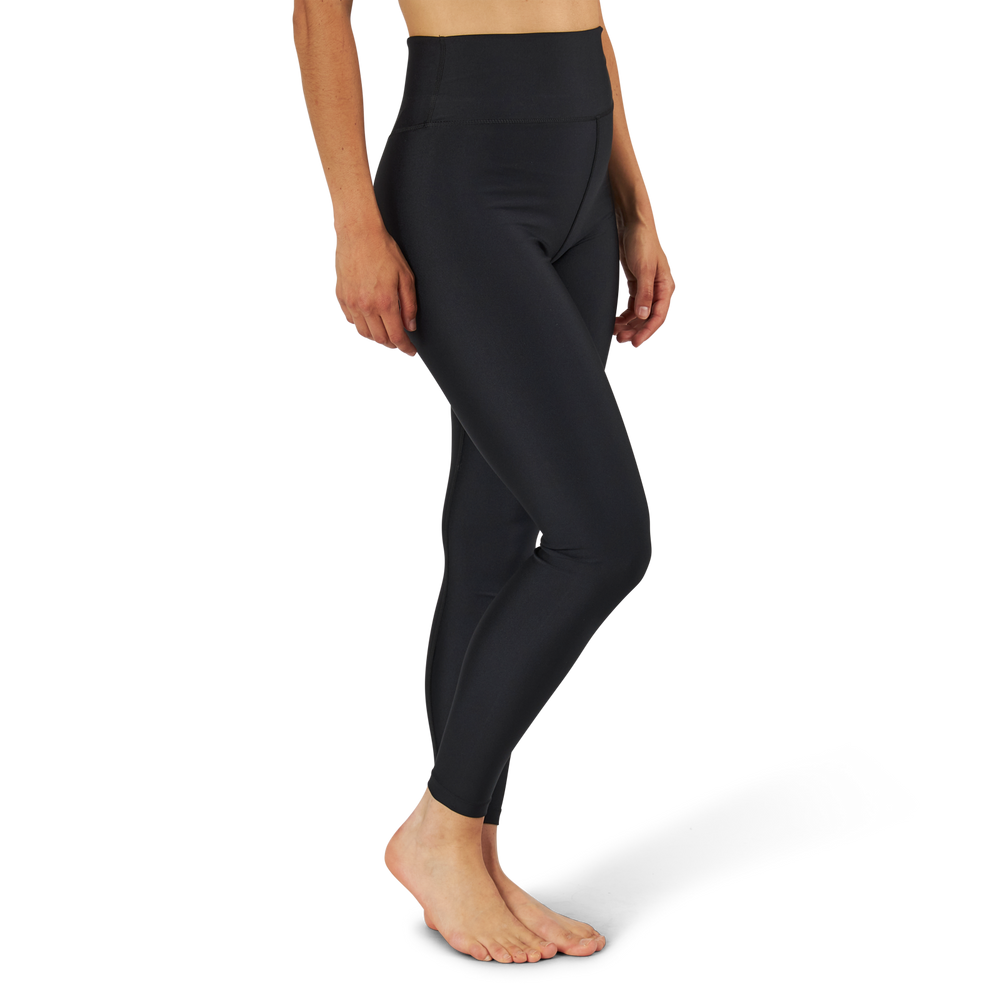
Ashtanga Yoga: A Dynamic and Powerful Yoga Form
What is Ashtanga Yoga?
Ashtanga yoga is a traditional yoga form developed by Sri K. Pattabhi Jois in Mysore, India during the 20th century. The word "ashtanga" comes from Sanskrit and means "eight limbs," referring to the eight branches of yoga according to Patanjali's Yoga Sutras. Ashtanga yoga is characterized by a fixed series of postures (asanas) performed in a specific order, synchronized with deep, rhythmic breathing (ujjayi pranayama).
Unlike many other yoga styles, ashtanga yoga is physically demanding and sweaty. The practice generates internal heat that purifies the body and focuses the mind. Ashtanga yoga is suitable for those seeking a challenging and transformative yoga experience.
Ashtanga Yoga Philosophy and Principles
Ashtanga yoga is built upon three central techniques: breathing (pranayama), body locks (bandha), and gazing point (drishti). By focusing on these elements, the practitioner develops concentration, endurance, and inner strength.
The eight limbs of ashtanga yoga are:
- Yama (ethical guidelines)
- Niyama (personal observances)
- Asana (physical postures)
- Pranayama (breath control)
- Pratyahara (withdrawal of the senses)
- Dharana (concentration)
- Dhyana (meditation)
- Samadhi (enlightenment)
By following this path, ashtanga yoga seeks to purify the body and mind, increase self-awareness, and attain inner peace.
Ashtanga Yoga Series and Levels
Ashtanga yoga consists of six set series with increasing levels of difficulty:
- Primary Series (Yoga Chikitsa) - therapeutic yoga
- Intermediate Series (Nadi Shodhana) - nerve purification
- Advanced Series A, B, C, D (Sthira Bhaga) - powerful yoga
Each series contains a specific selection of asanas performed in a predetermined order. The practitioner begins with the Primary Series and gradually advances to the next level under the guidance of an experienced teacher. It can take several years to master a series before moving on to the next.
Mysore Style and Led Class
Ashtanga yoga is traditionally taught in the Mysore style, named after the city where Pattabhi Jois developed the method. In a Mysore class, each student practices at their own pace while the teacher provides individual guidance and adjustments. This approach allows the practitioner to progress at their own rate and build an independent practice.
Led ashtanga classes, where everyone performs the postures together in sync with the teacher's instructions, have become increasingly popular. These classes are a great way to familiarize oneself with ashtanga yoga's sequences and rhythm.
Benefits of Ashtanga Yoga
Regular practice of ashtanga yoga can provide many physical and mental benefits:
- Increased strength, flexibility, and endurance
- Improved posture and body awareness
- Enhanced concentration and mental clarity
- Reduced stress and anxiety
- Improved circulation and digestion
Ashtanga yoga is a powerful transformative practice that can help you develop physical strength, mental focus, and inner peace. Whether you are a beginner or an experienced yoga practitioner, ashtanga yoga offers a challenging and rewarding path to personal growth and well-being.
Getting Started with Ashtanga Yoga
To begin practicing ashtanga yoga, seek out a qualified teacher or studio in your area. Many yoga studios offer introductory courses or workshops that can help you learn the basics. It is important to learn proper technique and modifications from the start to avoid injury and build a sustainable practice.
Also, make sure you have the right equipment, such as a non-slip yoga mat, comfortable clothing, and perhaps a towel to wipe away sweat. With dedication, patience, and guidance, you can discover the transformative power of ashtanga yoga and incorporate its wisdom into your daily life.
Whether you seek physical challenge, mental clarity, or spiritual growth, ashtanga yoga offers a timeless path to self-discovery and well-being. So roll out your mat, take a deep breath, and embark on your journey into the fascinating world of ashtanga yoga. Who knows what insights and possibilities await around the corner? The only way to find out is to step onto the mat and experience the magic for yourself. Namaste!













